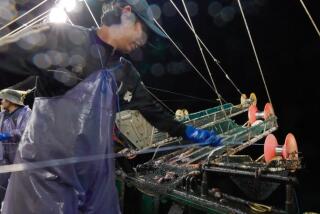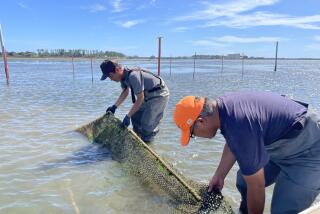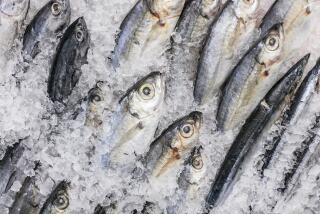Fishing for Answers on Earth Day
- Share via
There are plenty of fish in the sea, or so we are told. It’s sound advice for the lovelorn but a bad assumption for anyone tempted to take that old saw literally on this, the 32nd anniversary of Earth Day. Tonight’s “Empty Oceans, Empty Nets” (10 p.m. KCET, KVCR) examines the disturbing decline of marine fisheries around the world through case studies in New England, the Canary Islands, the Mediterranean and Alaska.
In its simplest form, the problem comes down to catching fish faster than they can reproduce. But behind that basic premise lies a complex web of factors. They include destructive fishing practices, improved technology, the globalization of the seafood market, overpopulation, changing consumer tastes and governmental policies. “Overfishing isn’t happening because fishermen are greedy or they don’t know when to stop,” says Suzanne Iudicello, author of “The Economics of Overfishing” and one of the many experts interviewed. “It happens because all the incentives are there for it to happen.”
The good news is that fish populations can be restored and sustained through careful regulation of fishing. Consumers can also become more aware of which kinds of fish are best to buy, shunning those listed as commercially endangered.
Yet despite the documentary’s thoughtful message, it’s not always easy to watch. The film is laced with the unvarnished reality of fish dying or being gaffed, a bloody ordeal. And if these scenes are meant to stir, the rest of this hourlong production is so deliberate and fact-laden that the overall effect is to sedate rather than agitate.


